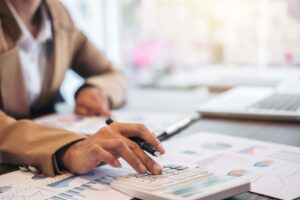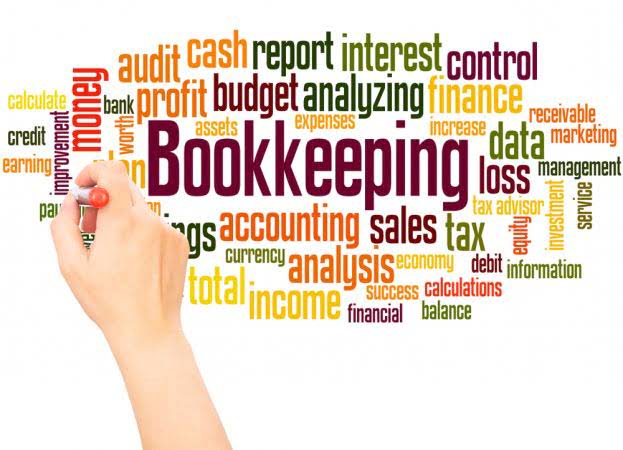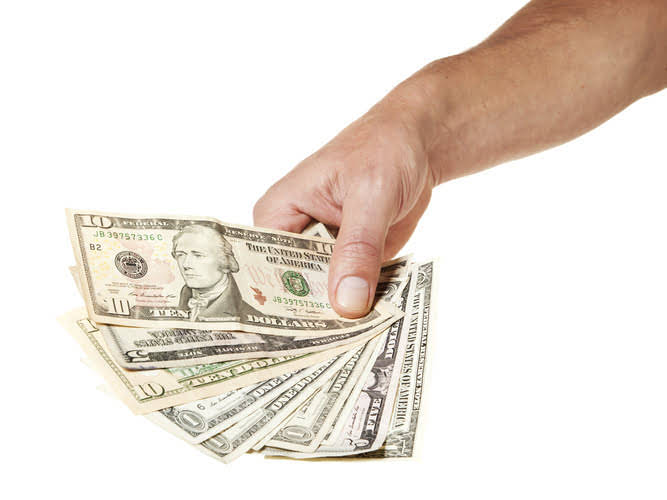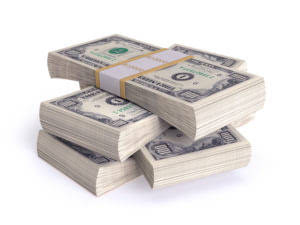
Anything that can be used productively to general sales for the company can fall into this category. Plant assets are key to a company’s production process and are often considered among the most valuable items on the balance sheet. Here, we’ll discuss what plant assets are, why they matter, and how they fit into a company’s financial circumstances. In the balance sheet of the business entity, these assets are recorded under the head of non-current assets as Plant, property, and equipment.
- Plant assets are recorded at their cost and depreciation expense is recorded during their useful lives.
- Naturally, the initial purchase of the plant asset would be an outflow of cash, any subsequent sales would be a cash inflow.
- It helps portray a sense of confidence, respect and tone to your message..
- Additionally, it allows for proper calculation of depreciation expense and provides transparency and accountability in financial reporting.
- Long-term investments, such as bonds and notes, are also considered noncurrent assets because a company usually holds these on its balance sheet for more than one fiscal year.
- Plant assets are a specific type of asset on a company’s balance sheet.
Common questions
Depreciation is the process by which a plant asset experiences wear and tear over a particular period of time. Depreciation expense — calculated in several different ways — is then carried through to the income statement and reduces net income. Over time, plant asset values are also reduced by depreciation on the balance sheet. Depreciation https://www.bookstime.com/ allocates the cost of a tangible asset over its useful life and accounts for declines in value. The total amount allocated to depreciation expense over time is called accumulated depreciation. Land assets are not depreciated because of their potential to appreciate and are always represented at their current market value.
- This is crucial to consider when buying land for a business since it might mean the difference between a long-term profit or loss.
- It also covers the various methods of depreciation, why each method is used, and the “rate of return” expected by an organization when they purchase an asset.
- This method implies charging the depreciation expense of an asset to a fraction in different accounting periods.
- Plant assets are frequently among the most useful and financially supportive assets.
- The later years are charged a lower sum of depreciation based on the assumption that lower revenue is generated.
- If you’ve ever scratched your head wondering how to keep track of all the big-ticket items that your company relies on daily – from factory machinery to office computers – you’re not alone.
What you will learn to do: Identify PP&E

They are distinguished from current assets, such as cash and inventory, which are expected to be converted into cash within a year or the operating cycle of a business. When it comes to financial accounting, it is essential to have a clear understanding of plant assets. Plant assets are an integral part of a company’s long-term operations, and their management and accounting play a crucial role in the overall financial health and performance of a business. What these assets all have in common, that also differentiates them from current assets, is that they are not going to turn into cash any time soon and their connection to revenue is indirect.
About The Motley Fool

The non-current assets are the company’s long-term assets that last for many years and deliver economic benefit. There is a further classification of tangible and intangible non-current assets. Equipment is also quite valuable and crucial to the operation plant assets are defined as: of any organization. It propels operations forward and allows a company to generate money on a consistent basis. Equipment is also one of the most varied forms of plant assets since it differs based on the industry or the specific demands of each company.
The PP&E account is remeasured every reporting period, and, after accounting for historical cost and depreciation, is defined as book value. To calculate PP&E, add the gross property, plant, and equipment, listed on the balance sheet, to capital expenditures. Companies commonly list their net PP&E on their balance sheet when reporting financial results. In accounting terms, plant assets are classified as non-current assets on the balance sheet.

Understanding Plant Assets: Definition, Examples, and Management Strategies

By categorizing and tracking these assets, companies can evaluate their investment decisions, assess their maintenance needs, and plan for future upgrades or replacements. Let’s skim through the concept of depreciation for the plant assets. Depreciation is the periodic allocation of an asset’s value(cost) over its useful life. The basic principle working behind the depreciation of assets is the matching principle.
Key Takeaways
Every business concern or organization needs resources to operate the business functions. The resources are sometimes owned by the company and sometimes borrowed by external parties. On the other hand, the borrowed money is the liability or obligation for the business entity. It’s important to note that the value of plant assets (other than land) depreciates over time, and each type of asset has a specific “useful life” that is defined by the IRS. Plant assets are recorded at their cost and depreciation expense is recorded during their useful lives.
A new press technology has just launched in the market, and the company owner decided to acquire the machine. The cost of the machine is USD100,000, and it is expected to stay useful for five years with a residual value of USD10,000. Plant assets are a specific type of asset on a company’s balance sheet. Plant assets (other than land) are depreciated over their useful lives and each year’s depreciation is credited to a contra asset account Accumulated Depreciation. Naturally, the initial purchase of the plant asset would be an outflow of cash, any subsequent sales would be a cash inflow. Plant assets should be depreciated over their useful life, and reflected as an expense on the income statement.
AccountingTools
- When a plant asset is acquired by a company that is expected to last longer than one year, it is recorded in the balance sheet at the end of the financial year.
- It’s determined by multiplying the difference between an asset’s purchase price and its projected salvage value by the number of years it’ll be in use.
- In the initial years of the asset, the amount of depreciation expense is higher and decreases as time passes.
- The assets can be further categorized as tangible, intangible, current, and non-current assets.
- The PP&E account is remeasured every reporting period, and, after accounting for historical cost and depreciation, is defined as book value.
Plant assets are initially recorded at cost plus all expenditures necessary to buy and prepare the asset for its intended use. Founded in 1993, The Motley Fool is a financial services company dedicated to making the world smarter, happier, and richer. The Motley Fool reaches millions of people every month through our premium investing solutions, free guidance and market analysis on Fool.com, top-rated podcasts, and non-profit The Motley Fool Foundation.
